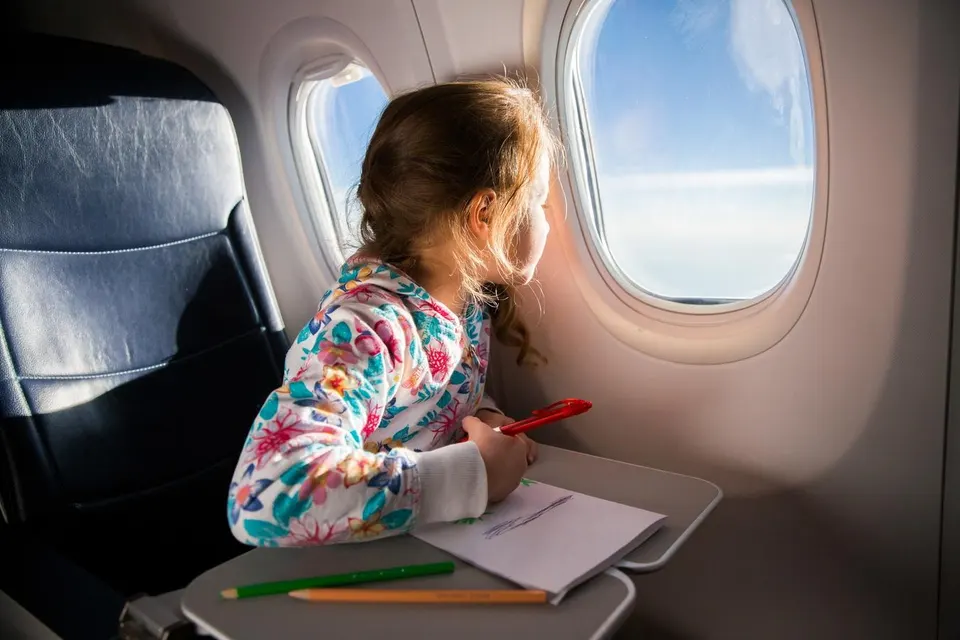As noted by the editorial team at Baltimore Chronicle, moving abroad with a child is a challenge that requires not only logistics but also a sensitive emotional approach. A child experiences environmental change much more deeply than an adult, as they lose their comfort zone, friends, school, and native language surroundings. Preparing for such a step should be delicate, systematic, and take into account the child’s age, temperament, and needs. In this article, we will explore in detail how to make the transition as painless as possible and ensure a smooth adaptation to a new life.
Preparing for the Conversation: How to Tell Your Child About the Move
Start with a calm, sincere conversation. Even small children sense changes in their parents’ behavior, so silence only breeds anxiety. It’s important to convey the information according to the child’s age and level of understanding.
What and How to Say
- Explain the reason for the move in simple language
- Avoid phrases like “we just have to deal with it” — give hope
- Offer concrete examples: new school, opportunities, nature
- Allow space for questions
- Don’t dismiss their emotions — fears are valid
The conversation should be a dialogue, not a lecture.
Adapting to the New Environment
Once the decision to move is announced, gradually preparing the child for the changes is essential. Even positive changes can be stressful if they happen suddenly.
Preparation Methods
- Explore the new country together — videos, photos, books
- Show schools, neighborhoods, parks — online or in person
- Talk about common habits there, food, and customs
- If possible, introduce them to children who already live there
- Practice the new language together through play
The more familiar things there are in the new surroundings, the easier the adaptation.
School and Education: Where to Begin
One of the biggest concerns for parents is the new school. A different education system, language, and teaching style can be intimidating for both adults and children.
What to Do in Advance
- Choose a school before moving (virtual tours, reviews)
- Learn the admission requirements and gather necessary documents
- Prepare translated diplomas, grade reports
- Take preparatory or language courses
- Determine if psychological support is needed during the transition
Social Adaptation: Friends, Communication, Everyday Life
School is important, but so is the social environment. Without friends and understanding the surroundings, children feel isolated, which affects their overall development.
How to Ease Socialization
- Attend clubs, sports, and community events
- Encourage your child to invite new friends home
- Communicate with other parents — it matters for you, too
- Create traditions that preserve the connection with home
- Don’t pressure if your child isn’t ready — give them time
Emotional Stability: How to Preserve Confidence
At any age, a child needs a sense of security. Moving often brings a feeling of loss. Parents’ job is to provide a sense of stability.
How to Support Your Child Emotionally
- Talk about emotions: fear, anger, sadness — it’s normal
- Share your own feelings too
- Emphasize that family is constant, and place is changeable
- Keep emotional “journals” together
- Seek a child psychologist if necessary
Child Age and Their Reaction
| Child’s Age | Typical Reaction | Recommended Parental Actions |
|---|---|---|
| 0–3 years | Anxiety due to change in routine | Maintain habits, ensure physical contact |
| 4–7 years | Fear of the unknown, lots of questions | Explain, play “new country” games, read together |
| 8–12 years | Missing friends, general anxiety | Help stay in touch, support familiar hobbies |
| 13–17 years | Resistance, withdrawal, anger | Open dialogue, involve in decisions, offer support |
Moving with Teenagers: What to Consider
Teenage years are a time of identity formation. Any change during this stage is experienced more intensely. Teenagers may rebel, withdraw, or show aggression.
How to Act
- Explain the move as a new chapter, not a loss
- Offer choices: school, hobbies, room design
- Involve them in planning
- Speak honestly, adult to adult
- Listen — even if they say “no”
First Months After the Move: Adjusting
The first weeks are the hardest. Your child might become anxious, tired, or irritable. This is normal. Don’t expect immediate “normalcy”.
What to Do in the First 1–2 Months
- Don’t overload them — allow rest from all the “new”
- Keep “islands of familiarity” — toys, movies, clothes
- Plan family outings and walks
- Keep a journal of small wins
- Be there — even in silence
Moving abroad with a child is a challenge not just for the child, but for the entire family. But with the right approach, open dialogue, and steady support, it can be a fresh and exciting beginning. Don’t be afraid to ask for advice, reach out to professionals, and trust your instincts. The most important thing is to be there when your child needs you most.
We previously discussed the importance of toy safety and how to recognize potentially harmful materials in children’s products.

